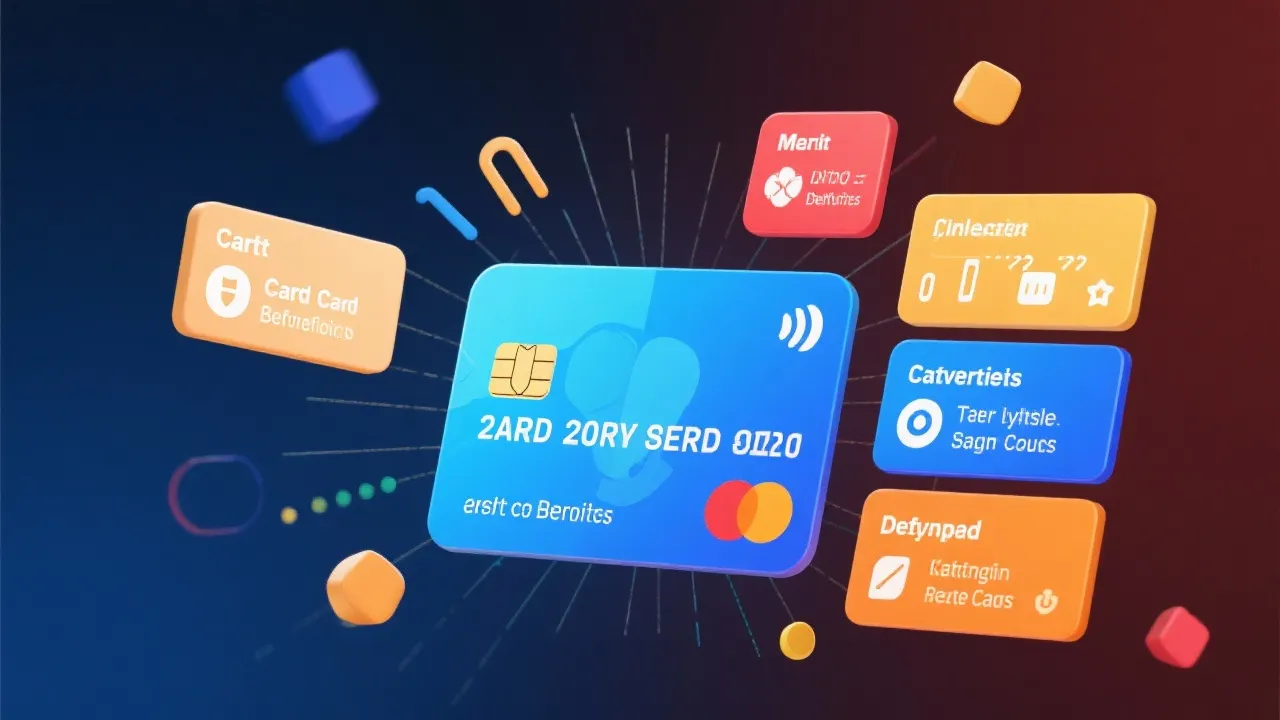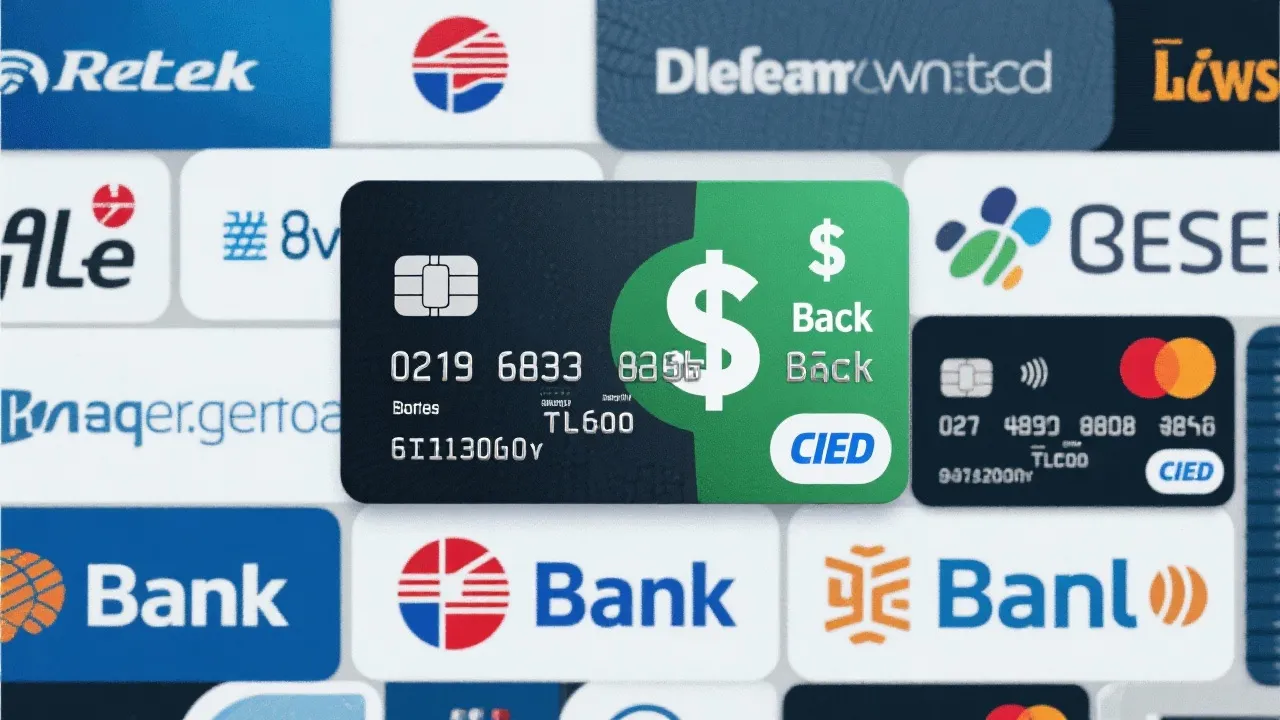Mastering Student Loans: Forgiveness and Repayment Strategies
Navigating the world of student loans, forgiveness, and repayment can be daunting. Here’s a comprehensive guide to help you manage and even alleviate your student loan debt.

Understanding Student Loans
Student loans can be a significant financial burden for many individuals pursuing higher education. Understanding the types of loans available, repayment options, and potential forgiveness programs is essential for effective management of this debt.
Types of Student Loans
- Federal Student Loans:Funded by the federal government, these loans typically offer more flexible repayment options and benefits, such as deferment and forbearance.
- Private Student Loans:Issued by banks or private lenders, these loans may have less favorable terms, including variable interest rates and fewer repayment options.
Interest Rates and Terms
- Federal Loans: Generally have fixed interest rates, making it easier to predict monthly payments over time.
- Private Loans: May have variable rates that can fluctuate, impacting the total cost of the loan and monthly payments.
Student Loan Forgiveness Programs
- Public Service Loan Forgiveness (PSLF):Forgives the remaining balance of Direct Loans after 120 qualifying monthly payments while working full-time for a qualifying employer, such as a non-profit or government organization.
- Teacher Loan Forgiveness:Offers forgiveness of up to $17,500 for teachers who work in low-income schools for five consecutive years.
- Income-Driven Repayment (IDR) Forgiveness:Caps monthly payments at a percentage of discretionary income, with any remaining balance forgiven after 20 or 25 years.
Effective Repayment Strategies
- Standard Repayment Plan:Payments are spread evenly over 10 years, saving on interest but resulting in higher monthly payments.
- Graduated Repayment Plan:Starts with lower payments that increase every two years over a 10-year term, suitable for those expecting income growth.
- Extended Repayment Plan:Extends the repayment term up to 25 years for lower monthly payments, but increases total interest paid.
- Income-Driven Repayment Plans:Include options like Income-Based Repayment (IBR), Pay As You Earn (PAYE), Revised Pay As You Earn (REPAYE), and Income-Contingent Repayment (ICR), each with unique benefits and eligibility requirements.
Tips for Managing Student Loans
- Build an Emergency Fund: Helps maintain loan payments during unexpected financial challenges.
- Automate Your Payments: Many lenders offer interest rate discounts for automatic payments, ensuring timely payments and protecting your credit.
- Make Extra Payments When Possible: Extra payments reduce the principal balance, lowering overall interest costs.
- Consider Refinancing Private Loans: Can lower interest rates but may require good credit and steady income; refinancing federal loans into private loans forfeits federal benefits.
- Stay Updated on Legislation: Student loan policies can change, so staying informed about new laws and programs is crucial.
Pros and Cons of Student Loan Forgiveness
Pros
- Debt Reduction: Significantly reduces or eliminates remaining debt.
- Career Flexibility: Allows for greater career choices without the burden of loan payments.
- Financial Freedom: Frees up income for other financial goals, such as home ownership or retirement savings.
Cons
- Stringent Eligibility Criteria: Many programs require strict adherence to guidelines and long-term commitments.
- Tax Implications: Forgiven amounts may be considered taxable income, leading to potential tax liabilities.
- Policy Changes: Future changes in laws or policies could impact eligibility or the viability of forgiveness programs.
Conclusion
Navigating student loans, forgiveness options, and repayment strategies requires a thoughtful and informed approach tailored to individual financial situations. By understanding the types of loans, exploring forgiveness programs, and selecting an effective repayment plan, borrowers can effectively manage and ultimately eliminate their student loan debt.










